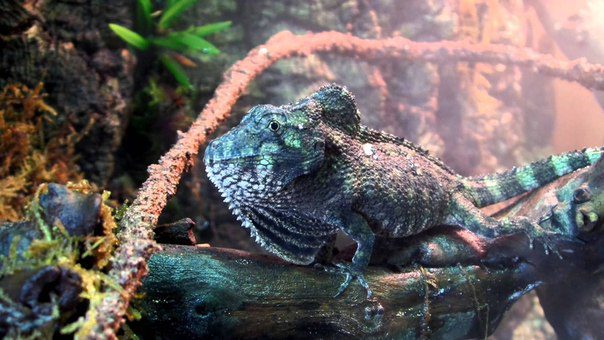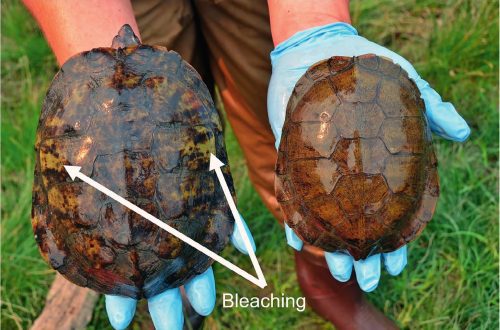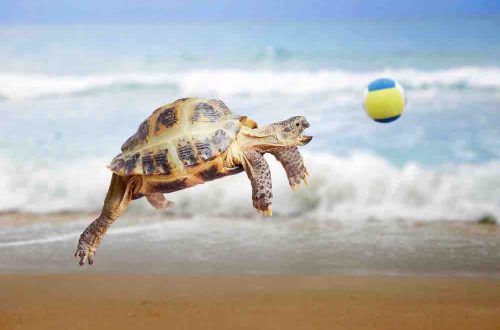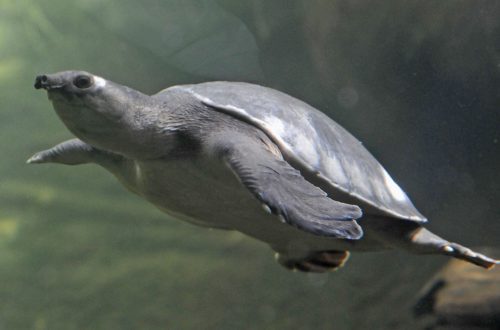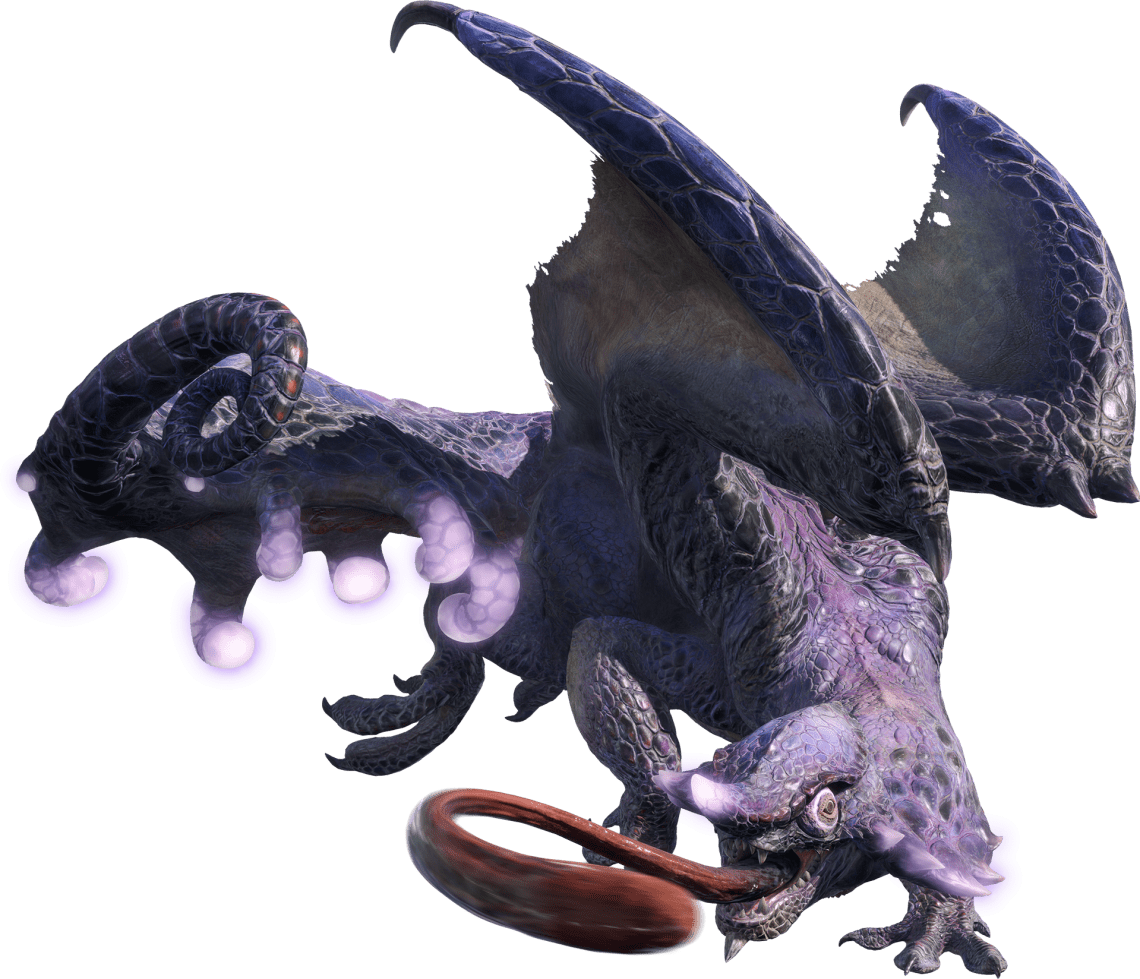
chameleos
This taxon (assigned to the family Anole iguana lizards) includes five species (Chamaeleolss chamaeleonides, C.porcus, C.barbatus, C.guamuuuuhaya and C.sierramaestrae), the differences between which are illustrated in the table below. The morphological features of a particular species are contained in the uniqueness of the profile and structure of the head, in the pattern of scales, in the originality of the “beard”, as well as in the colors of the tongue and iris. Porcus and Barbatus have gained particular popularity among terrarium keepers. These are two morpho-ethologically similar species, so in the article I will consider one of them – barbatus.
Areal
Chameleolis are Cuban endemic, but if Chamaeleolss chamaeleonides is widespread on the island, the remaining four species gravitate to mountainous areas: Sierra Maestra, Sagua Baracoya, Guamujaya and Sierra de Los Organos. They mostly live in broad-leaved forests, but they can be found on fruit or coffee plantations and even in the cities of Cuba. The habitat of chameleons can be considered small branches at a height of 3-4 meters, graceful movement along which is ensured by a chameleon-like physique. They descend to the ground only to lay eggs.
Description
Now more about the physique, which provides them with an external and behavioral similarity to chameleons. This is a narrow laterally, elongated body, and relatively short limbs and a tail, as well as transverse leathery plates on the fingertips (similar to those of geckos of the Gekko genus), allowing them to climb absolutely vertical surfaces. The body length of adult bearded chameleos (Chamaeleolis barbatus) from the tip of the nose to the base of the tail is 14-17 cm in the male and 12-13 cm in the female. In addition to size, males are distinguished by the presence of large pores and anal swelling, which manifests itself in the second month of life. Usually these are brown-brown lizards with small light and dark spots. Depending on the temperature and physiological state, the color of the lizards can be lighter or darker, sometimes a slight greenish tint appears. When excited, the chameleo lizards inflate the throat sac, which has a light tint and a small soft “wart” along the neck. However, chameleolices cannot be considered aggressive, up to 60% of the time they do not show visible activity and in captivity they show a complacent and calm character (unlike the Yemens). Recent work in the field of genetics has shown that this is an evolutionarily young offshoot of anoles (and not an ancient branch , as previously thought). Let us generalize the signs of similarity between chameleons and chameleons: – physique, locomotion, lifestyle – similar natural diet (mainly insects) – uncoordinated eye motility, which is key in hunting insects – more or less developed occipital crest – finally a change in color ( also due to the coordinated work of special cells – chromatophores)
Content in captivity
For maintenance, vertical-type terrariums are used (for 200-300 liters for adults – a combination of a male and two females will be quite happy ;-). Humidity is maintained by regular spraying at 60-80%, it is desirable to create several temperature zones in the terrarium by correctly placing an incandescent lamp in the terrarium with ventilation in the upper back of it. So, the night temperature should be kept around 20, in the daytime the temperature spread is from 22-24 to 33-35 near the lamp. Well, needless to say, chameleolis need regular UV irradiation. Peat or coconut flakes can be used as a lining, various branches, bark, artificial and living greens from this family are suitable as decor. lily or aroid. Adult chameleos willingly eat newborn mice, large crickets, zoophobus larvae and flour beetles. Occasionally, you can indulge in chopped fruit and yogurt. Chameleolis is not characterized by obesity and, accordingly, overeating, the amount of food consumed directly depends on the physical condition of the individual.
Under the right conditions, this Cuban dinosaur will give you a lot of aesthetic pleasure and the specific energy of this paradise island!
